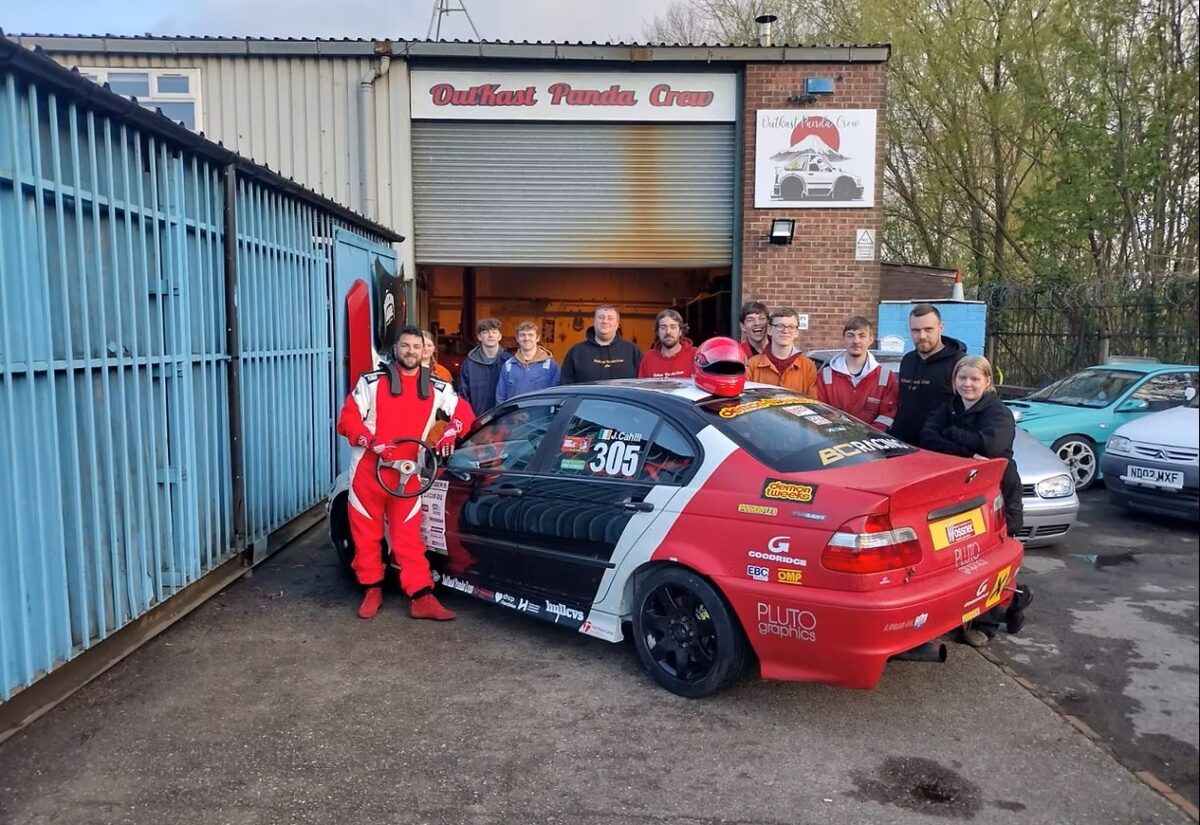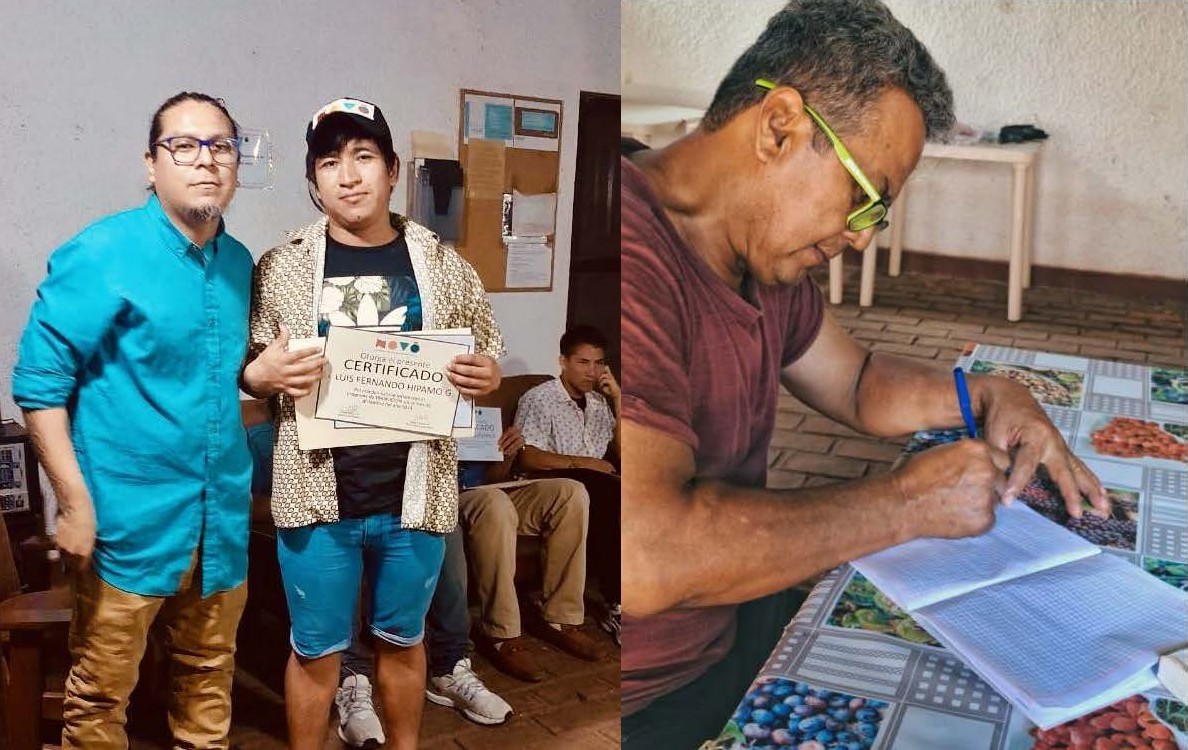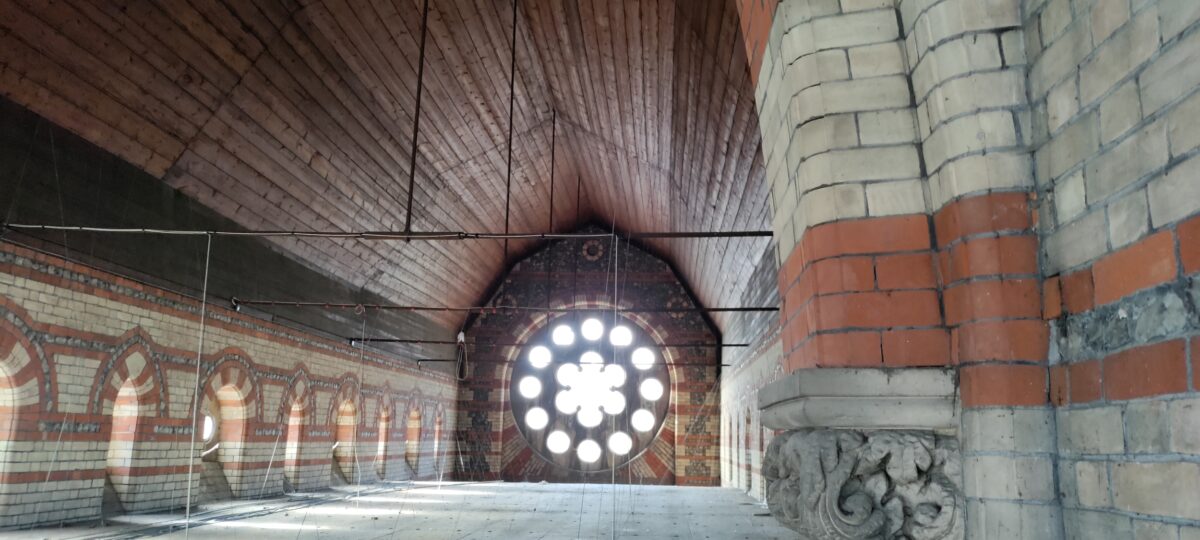It’s the greasiest place I’ve ever gone to meet a new client. Set in a garage unit behind two other ramshackle motor mechanic businesses, surrounded by broken cars and broken half cars. Inside, it’s all plastic sofas and instant coffees. Then, into the workshop.
There are motorcycles and small cars in various states of dismantlement.
“We get these from the police, if they’ve been seized for no insurance or whatever,” said Jonny, “The Police and Crime Commissioner helps us a lot.”
The piece de resistance, at the centre of the garage, is a fully kitted out BMW 3 series race car, in the middle of being worked on.
“We’re going to do the Amateur Touring Car Championship,” Jonny tells me, “I’ve just got my race licence, so I can drive it, but for the kids, this gets them working in a real pit, and a real race track, up against other proper teams.”
I’m at the Outkast Panda Crew. As with all the best ideas, it’s really simple. They take kids from tough backgrounds in Hull, who might be on the verge of trouble with the police, or who just don’t fit in anywhere else, and they direct them away from the bad stuff, by getting them involved in the greasy, petrol-headed good stuff of mechanics and car modification.
They can show you the shiny, pearlescent painted, low to the road specials they’ve created, and they’re proud of them.
It works. They’ve sent a lad off recently to a job with a professional racing team. Others are studying for BTECs, and have a secure future where they might have had none. Jonny Cahill, the founder, is a local city councillor. He saw what his area, a massive 1970s housing estate, needed and he created it.
Our job is to raise the funds to employ more tutors, for more BTECs, to give more kids a brighter future. Might even get them to do the brakes on my Alfa Romeo.





